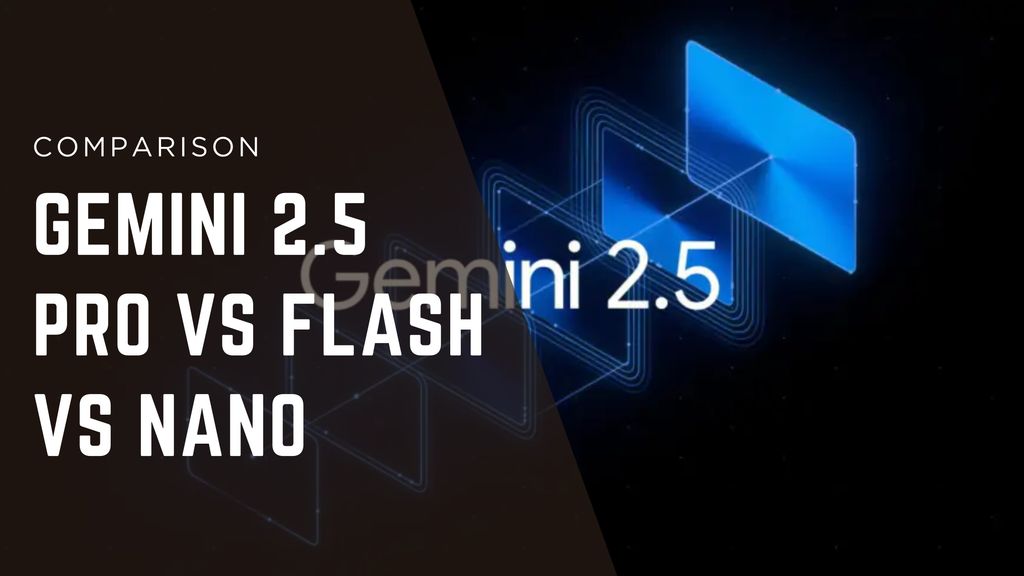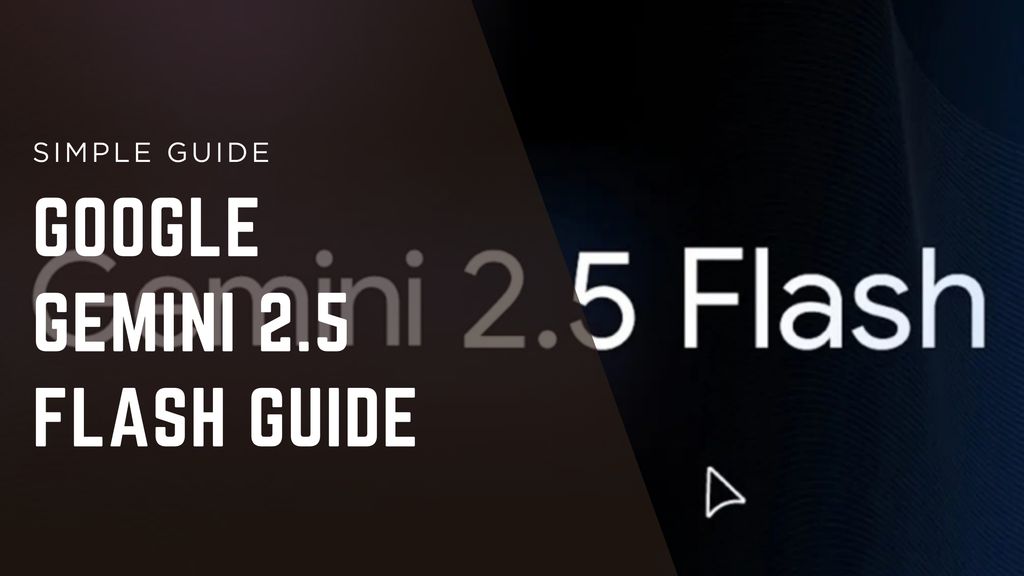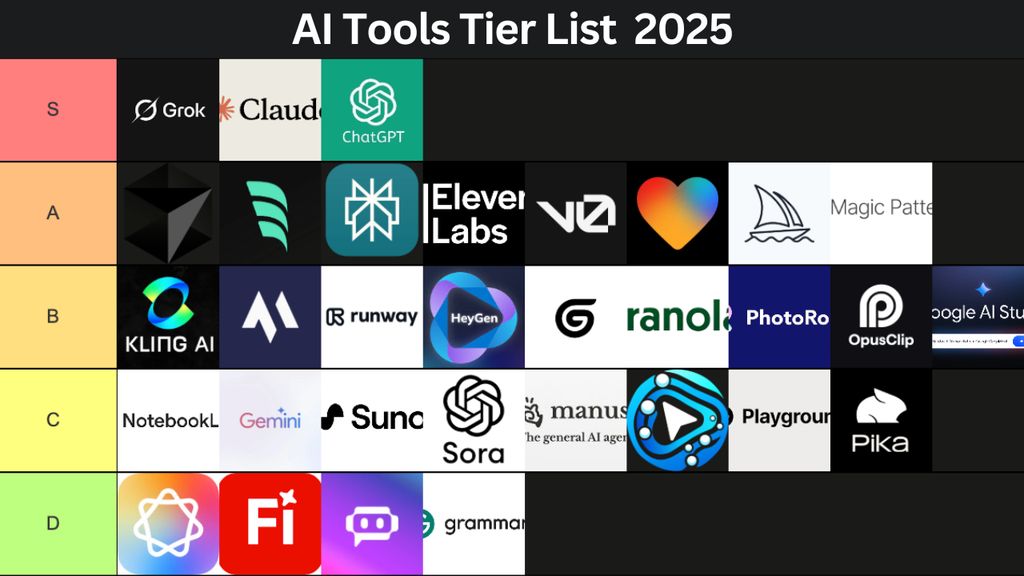MiniMax-M2 Just Dropped - And It Might Be the Most Important Open-Source AI Release of 2025

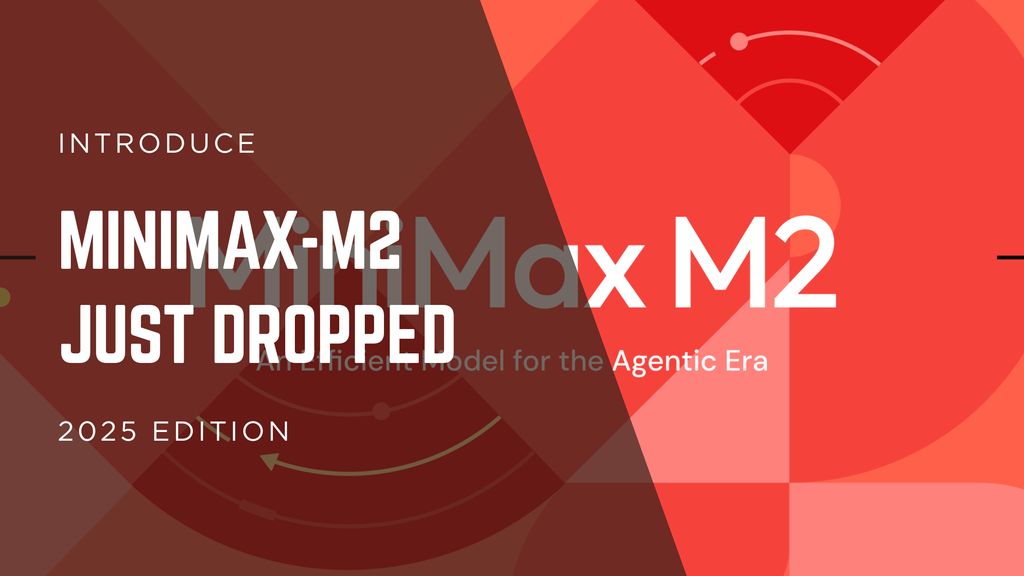
The past year has been dominated by American AI giants. GPT-5, Claude Sonnet 4.5, and Gemini 2.5 Pro have led nearly every benchmark conversation. But earlier this week, something unusual happened - a new open-source model quietly appeared online: MiniMax-M2.
The most surprising part is not its origin. It’s the fact that the model claims to match, and in some scenarios surpass, frontier systems from Silicon Valley while remaining completely open-source and extremely lightweight. Developers can download it, self-host it, fine-tune it, or fold it into agentic workflows without spending a cent.
This is not just a new model release. It’s a signal that the AI landscape is shifting once again.
Below is a deep, expanded, SEO-optimized breakdown of MiniMax-M2 - its performance, architecture, benchmarks, strengths, weaknesses, and why it has suddenly become the most talked-about open-source model of late 2025.
What Exactly Is MiniMax-M2?

MiniMax-M2 is a newly released open-source large language model optimized for:
- coding
- reasoning
- long-context agentic workflows
- multi-file analysis
- self-correction loops
It uses an unusual architecture built around 230 billion total parameters, but activates only 10 billion at inference time thanks to a hybrid routing and batched sampling system. This gives it the footprint of a mid-sized LLM but with intelligence closer to the top-tier models.
No paywalls, no monthly subscriptions, no closed APIs - just raw capability available to the public.
If this positioning holds, MiniMax-M2 represents the same kind of inflection point that Llama 3 did earlier in the year. Except this time, the early tests suggest M2 is even more competitive in reasoning-heavy workloads.
Key Features - Explained in Depth
Most articles summarize these in bullet points, but each capability deserves context because MiniMax-M2 is not a typical open-source LLM.
1. Advanced Intelligence in Core Academic and Logical Domains
MiniMax-M2 claims to rank #1 among all open-source models in composite intelligence benchmarks. It shows strength in:
- mathematics problem-solving
- structured reasoning
- instruction following
- logical step-by-step breakdowns
- science and quantitative tasks
Unlike many 10B-tier models that struggle with deeper reasoning chains, M2 maintains consistency across long sequences and minimizes hallucinations during multi-step tasks.
This puts it in the same conversation as GPT-5 and Sonnet 4.5, which historically have been the gold standard for reasoning.
2. Next-Gen Coding Capabilities
This is the model’s headline feature.
MiniMax-M2 can:
- read and understand multi-file repositories
- run multi-step repair loops
- rewrite sections of code instead of guessing entire files
- validate its own modifications
- hold long-term context across large projects
In practice, this means it behaves less like a text generator and more like a junior-engineer-style collaborator.
Developers testing early builds describe it as:
- less hallucination-prone than most open-source LLMs
- more “agentic” when diagnosing bugs
- better at analyzing the intention behind code
For open-source models, this is a big step forward.
3. Agentic Mode and Long-Context Automation
The model supports extended context windows and agent-like routines.
This enables:
- document retrieval workflows
multi-step decision-making
planning tasks - long-horizon automation (e.g., running through a 12-step business process)
- research-style summarization over large datasets
MiniMax-M2 can operate in a sustained reasoning loop, applying logic and adjusting its own outputs. This is still early-stage for open models, but the capability is there.
4. High Efficiency Despite Massive Total Parameter Count
M2 uses a mixture-of-experts style architecture where:
- 230B total parameters exist
- only 10B are activated at inference
- routing is based on optimized batched sampling
This has two advantages:
- high intelligence ceiling
- hardware-friendly operation
People with consumer GPUs can run it locally if they quantize the model. This makes frontier-level intelligence more accessible globally.
How Does MiniMax-M2 Compare to GPT-5, Claude Sonnet 4.5, and Gemini 2.5?
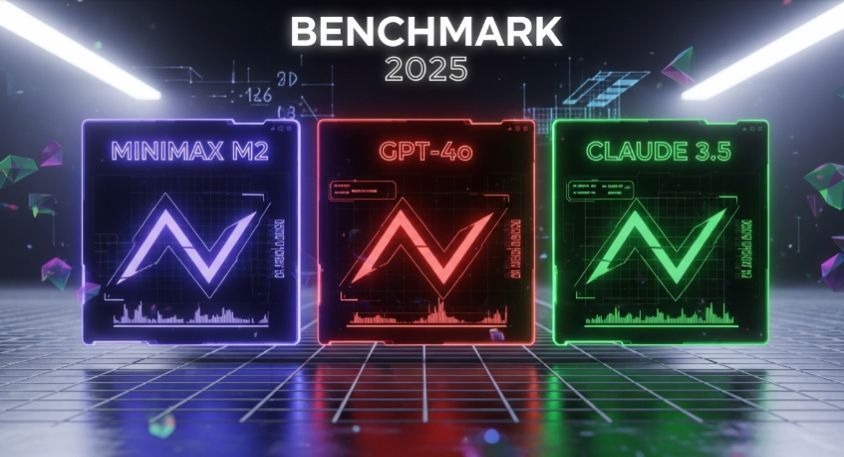
The biggest claim floating around is simple:
MiniMax-M2 matches or beats top-tier proprietary models in many benchmarks.
Below is a conceptual comparison (no tables, no external links).
1. Reasoning Tasks
- Comparable to GPT-5
- Often better than Gemini 2.5 Pro
- Roughly tied with Sonnet 4.5
This is especially surprising because reasoning is typically the strongest domain for closed-source models.
2. Coding Tasks
MiniMax-M2 shines due to multi-file analysis and repair loops.
It behaves more like:
- Claude 3.5 Sonnet’s code interpreter
- GPT-5’s Code Pilot mode
Except M2 can be run locally and modified freely.
3. Long-Context Workflows
M2 is not the best overall, but it is very competitive.
Gemini 2.5 Pro still holds the crown in extended multimodal reasoning.
GPT-5 follows closely.
But for a 10B active parameter model, the performance from M2 is shockingly high.
4. Cost and Access
This is where MiniMax-M2 wins decisively.
- GPT-5 requires paid API access
- Claude Sonnet 4.5 requires subscription tiers
- Gemini 2.5 Pro requires cloud credit allotments
- MiniMax-M2 is free and open-source
If you run agentic systems or need high-volume workloads, cost can be a dealbreaker. With M2, that barrier disappears.
Why This Is a Wakeup Call for American Model Providers
GPT-5 and Claude Sonnet 4.5 operate on closed, proprietary systems. Their moat has always been:
- performance
- safety
- ecosystem maturity
- infrastructure
But when an open-source alternative begins matching them in core reasoning and coding use cases, the value equation shifts.
1. Open-Source Reduces Lock-In
Developers prefer models they can self-host.
Businesses prefer models they can audit.
Startups prefer models they can fine-tune.
When performance equalizes, open-source often wins.
2. Pricing Models Come Under Pressure
If a free model offers GPT-5-level quality for many tasks, companies will reduce paid usage.
That directly affects:
- revenue
- reinvestment
- R&D budgets
This is similar to what happened when Llama impacted mid-tier API usage earlier this year.
3. Infrastructure Advantage Isn’t Enough Anymore
OpenAI still benefits from:
- Azure integration
Nvidia-first access - enterprise contracts
But this advantage shrinks if capable free models improve quickly.
MiniMax-M2 may not replace GPT-5 or hosted Claude for enterprises today, but it sets a trend line that matters.
Historical Context: The Rise of Open-Source Intelligence Models
MiniMax-M2 is not appearing in a vacuum.
The past two years have seen a rise of powerful open models:
- Qwen series
- DeepSeek-R1
Llama 3 - InternLM
- Phi 4 Mini (Microsoft’s efficient line)
Each of these chipped away at the notion that only closed-source models can achieve world-class performance.
M2 is the next escalation.
Real-World Use Cases for MiniMax-M2

1. Software Development Teams
MiniMax-M2’s multi-file code analysis and repair loops make it ideal for:
- debugging
refactoring - CI-driven code reviews
- repository modernization
- code migration workflows
Because it's open-source, it can be embedded directly into private developer environments.
2. Automation and Agent Workflows
Teams running:
- AI business agents
- task automation systems
research bots - customer support automations
Can use M2’s reasoning and long-context handling to achieve sustained autonomous performance.
3. Academic and Research Tasks
The model excels at:
- solving mathematical problems
- processing scientific content
- generating structured step-by-step reasoning
Students, researchers, and institutions without large compute budgets benefit enormously from local deployment.
4. AI Startups Building Internal Tools
Because of its efficiency, M2 becomes a strong foundation for:
- fine-tuned assistants
- AI-powered SaaS tools
- workflow-driven applications
domain-specific copilots
You can modify the model entirely without negotiating API contracts.
Strengths of MiniMax-M2 - Expanded Analysis
1. Exceptional Coding Ability for Its Size
The ability to run multi-step repair loops and validate changes sets it apart from most open models.
2. High-Level Reasoning Performance
Equaling GPT-5-level reasoning is a remarkable achievement.
3. Open-Source and Local Deployment
This affects accessibility, cost, and long-term control.
4. Efficient Routing System
Activating only a fraction of parameters allows the model to run on mid-tier hardware.
Limitations and Areas Where It Still Lags
MiniMax-M2 is impressive, but it is not a perfect model.
1. Multimodal Capabilities Are Limited
It does not match the rich multimodal reasoning or video understanding found in top-tier proprietary models.
2. Ecosystem Maturity Is Still Behind
GPT and Claude have:
- polished UX
- stable APIs
- well-tested interpret tools
MiniMax is catching up but not fully there.
3. Long-Context Memory Is Good, Not Frontier-Level
Gemini 2.5 Pro still leads in ultra-long-context tasks.
4. Safety and Guardrails Are Less Robust
As with many open-source models, hallucination controls are weaker.
Broader Impact on the Global AI Landscape
1. Democratization of High-End Intelligence
More individuals and smaller companies gain access to top-tier AI performance without cost barriers.
2. Shift Toward Open-Source Preference
Proprietary models may face decreasing market share in developer ecosystems.
3. Acceleration of AI Research
Researchers can now test frontier-level ideas locally and iterate faster.
4. Pressure on Pricing From American AI Providers
Subscription-based APIs may lose traction if comparisons continue to show parity.
Market outlook: next 6–12 months (concrete scenarios)
- Rapid ecosystem growth - expect more quantified builds and toolkits for deployment, making it easier to productionize M2. Vendor pages and cloud listings already suggest this momentum.
- Policy & regulation focus - open models will trigger more attention on provenance and safety; expect tighter community standards for verification.
- Competitor responses - closed vendors will push deeper tooling (better assistants APIs, lower-latency endpoints) and possibly more flexible pricing or licensing to retain customers.
- Hybridization - more teams will adopt mixed stacks: open models for cost-sensitive internal use, closed models for mission-critical external features.
If MiniMax-M2’s ecosystem matures quickly, it will accelerate adoption of local and hybrid deployments across industries.
Final takeaways (who should try MiniMax-M2 and how)
Try MiniMax-M2 if you are:
- An engineering-led startup looking to cut inference bills on internal developer workflows.
- A tooling company building code assistants or CI automation that needs multi-file reasoning.
- A research team that needs local, reproducible inference and is willing to manage safety layers.
Delay or proceed with caution if you are:
- Building a public-facing conversational product with strict moderation or compliance needs unless you invest in safety engineering.
- Looking for fully managed enterprise SLAs out of the box.
Actionable next steps: Start with a single, measurable workflow (e.g., PR triage). Use a managed M2 image or run a local quantized build. Measure objective metrics (time saved per PR, false positive rate, human rework) and safety incidents. Use those metrics to decide whether to expand adoption.
Practical resources & where to read more
- MiniMax-M2 repo and release notes (official) - the canonical starting point for checkpoints and model cards.
- Provider/registry pages listing M2 builds or cloud images (OpenRouter/Ollama) - useful for managed or local launches.
- Cloud marketplace / partner posts (Azure Foundry announcement) - useful for enterprise options and scaling.
Short FAQ (practical answers)
Q: Can I run MiniMax-M2 locally on consumer hardware?
A: Yes - with a 24GB+ GPU you can run reasonable builds; optimized quantized images lower the VRAM requirement further. If you have a 4090/4080 class GPU, expect good developer UX.
Q: Is MiniMax-M2 safe for external user chatbots?
A: Not out of the box. You’ll need extra guardrails, monitoring, and safety fine-tuning before exposing it to external users.
Q: Should I migrate all workloads from closed providers?
A: Not immediately. Start with internal workflows and cost-sensitive automation; keep closed providers for critical customer-facing features until you can match their observability and safety posture.




